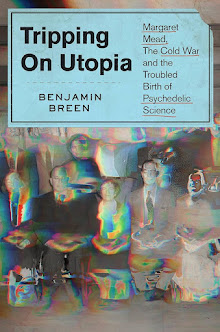Put very briefly, Psalmanazar was a mysterious young man who convinced a wide array of early eighteenth century British luminaries, such as Henry Compton, the Bishop of London, that he was a native of the island of Formosa, now known as Taiwan. In reality, he was most likely from southern France, and his claims about Formosa were almost completely fictional -- which makes them very interesting.
The rather crude drawings below were apparently drawn by Psalmanazar himself (in his posthumously published Memoirs he modestly admits to "some ability" in the visual arts, not evident here). They depict various Formosan stock types, from a rustic fellow labeled 'a Country Bumpkin' to a 'Vice-Rey' and 'King.' Below the drawings, I've included the actual engravings from Psalmanazar's published work on Formosa, the Historical and Geographical Description.
'Tabernacle in which God appears.'
Comparison of Psalmanazar's original drawing (left) with the published British (center, 1704) and French (right, 1705) editions.
The printed English versions of 'Rusticus' (Country Bumpkin) and 'Civis' (Burger) shown above.
For more on these drawings see Peter Mason's excellent article on them, "Ethnographic Portraiture in the Eighteenth Century: George Psalmanazar's Drawings" in Eighteenth Century Life. The best book on Psalmanazar's life and influence is The Pretended Asian: George Psalmanazar's Eighteenth-Century Formosan Hoax











No comments:
Post a Comment